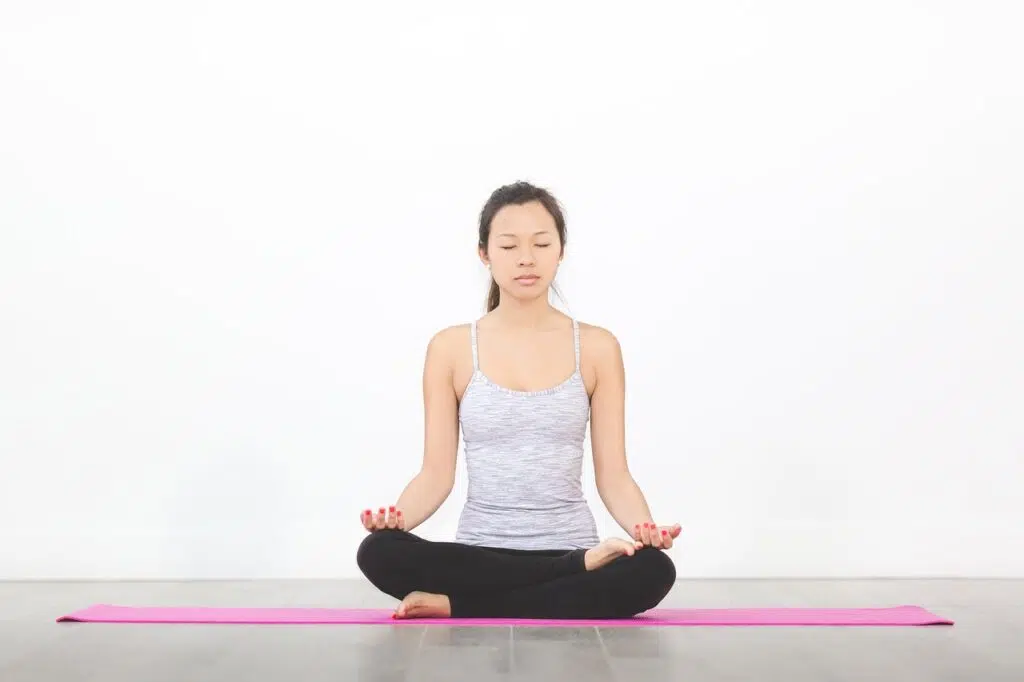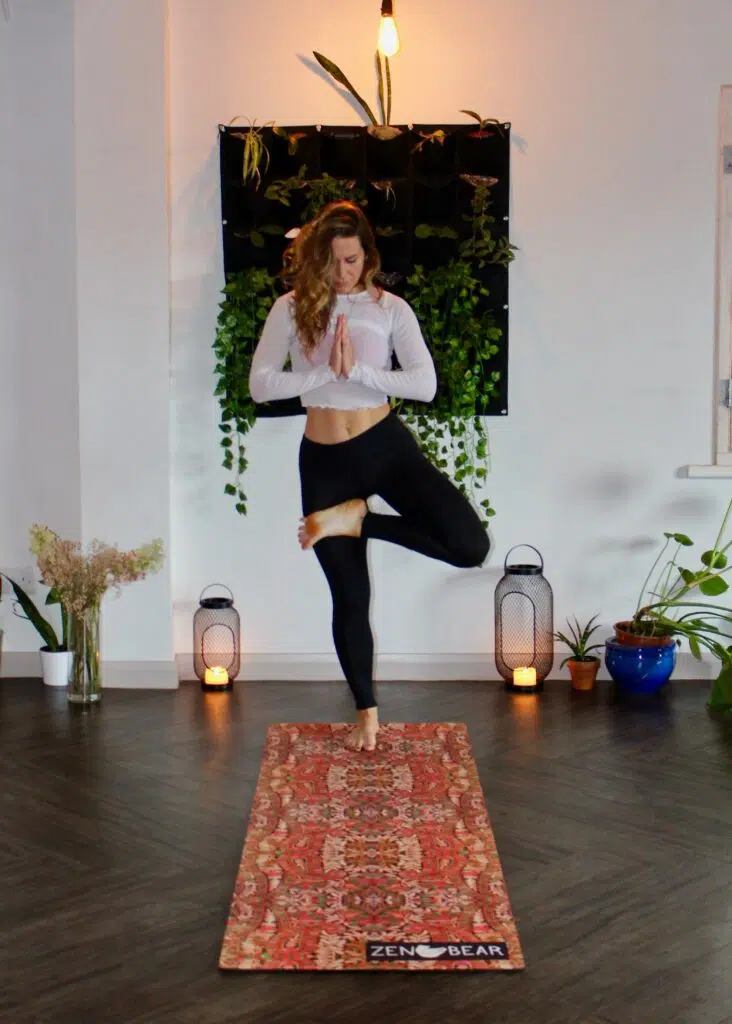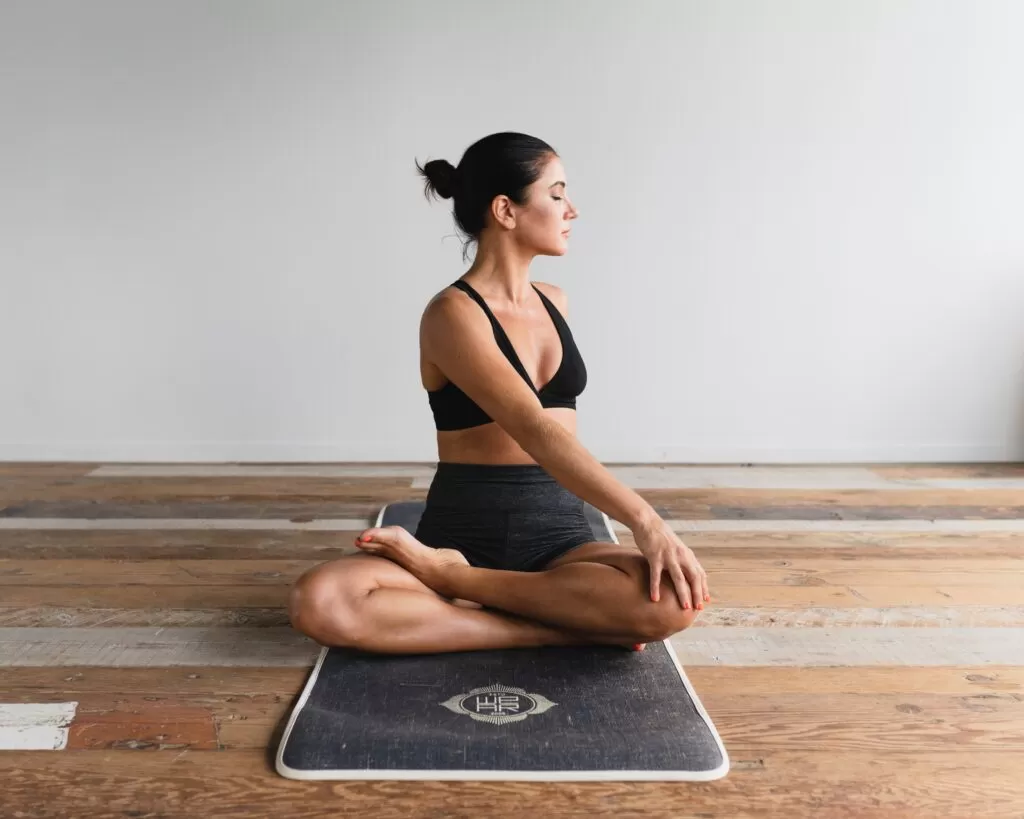
Table of Contents
ToggleIntroduction
Yoga and meditation have become popular as people seek ways to deal with stress and feel better. Yoga is an ancient practice combining physical postures, breathing techniques, and meditation. Yoga helps individuals achieve balance and harmony in their lives. Meditation involves focusing on a particular object, thought, or activity. This helps you achieve a calm and clear state of mind.
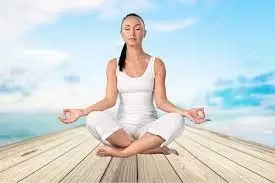
Yoga and meditation have been shown to have numerous benefits for physical and mental health. Yoga and meditation reduce stress and anxiety. Improve sleep quality, and increase flexibility.
The Benefits Of Yoga And Meditation
According to a 2017 US survey, the percentage of adults who practiced meditation tripled between 2012 and 2017, from 4.1% to 14.2%. The percentage of children aged 4 to 17 increased from 0.6% in 2012 to 5.4% in 2017.
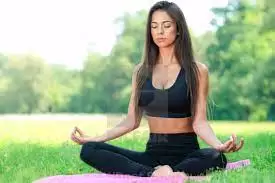
Key Takeaways
- Yoga and meditation are ancient practices that can help improve physical and mental well-being.
- There are many different types of yoga, each with its own unique benefits.
- Anyone can practice yoga and meditation, regardless of age, fitness level, or background.
Yoga and meditation have been practiced for thousands of years and have become increasingly popular in recent years due to their numerous benefits. Here are some of the benefits of yoga and meditation:
Physical Benefits
Yoga is a low-impact exercise that can help improve flexibility, balance, and strength. It can also help reduce pain and inflammation in the body. According to a study published in the Journal of Alternative and Complementary Medicine, yoga can help reduce chronic lower back pain.
Improves Cardiovascular Health
Yoga also improves cardiovascular health by reducing blood pressure and increasing lung capacity Meditation can also have physical benefits. It has been shown to reduce stress and anxiety, which can help improve sleep and reduce the risk of heart disease.
Reduce Symptoms Of Irritable Bowel Syndrome
A study published in the Journal of Psychosomatic Research found that meditation can help reduce the symptoms of irritable bowel syndrome.
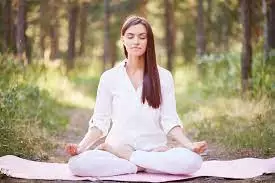
Studies have shown that yoga and meditation can positively affect gene expression, metabolism, and immune function. These practices can be helpful during stressful times such as pandemics and lockdowns.
Mental and Emotional Benefits
Yoga and meditation have numerous mental and emotional benefits. They can help reduce stress, anxiety, and depression. According to a study published in the Journal of Alternative and Complementary Medicine, yoga can help reduce symptoms of anxiety and depression in women with postpartum depression.
Meditation can also help improve focus and concentration. A study published in the journal Consciousness and Cognition found that meditation can improve cognitive control and attention.
Yoga And Meditation Have Numerous Benefits
Both yoga and meditation can also help improve overall well-being and quality of life. They can help individuals feel more relaxed, calm, and centered. According to a study published in the International Journal of Yoga, practicing yoga can help improve quality of life in breast cancer patients.
In conclusion, yoga and meditation have numerous benefits for both the mind and body. They can help improve physical health, reduce stress and anxiety, and improve overall well-being.
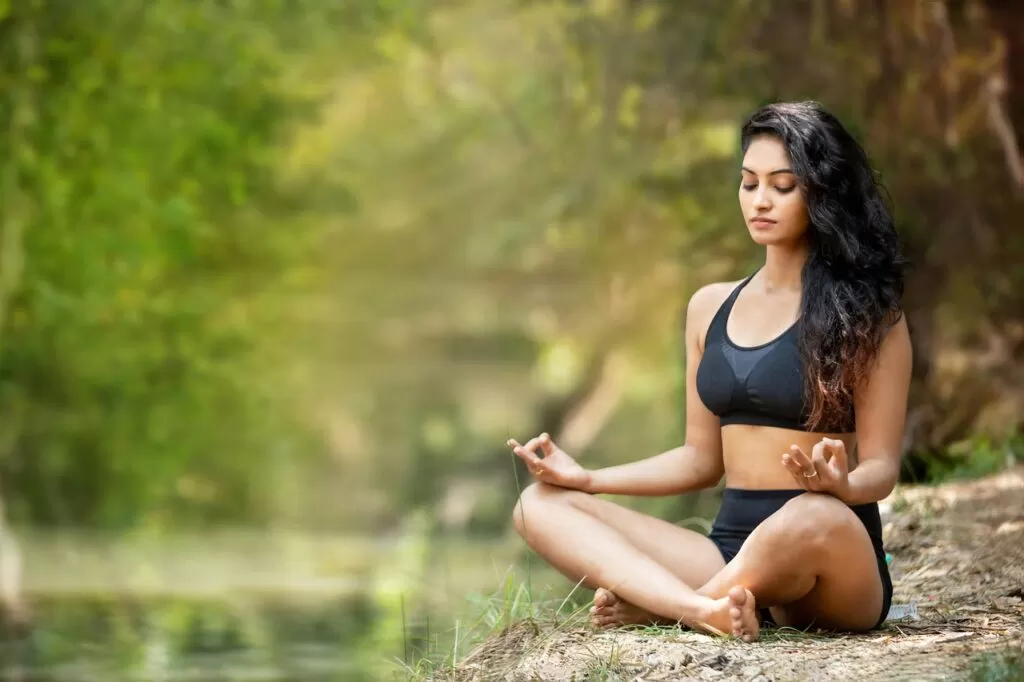
Yoga is a practice that has been around for thousands of years and has evolved into many different styles and forms. Each style of yoga has its own unique approach, benefits, and challenges. In this section, we will explore three of the most popular types of yoga.
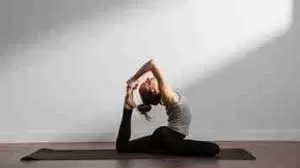
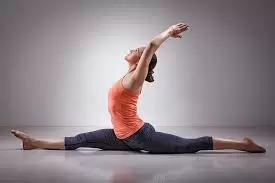
Hatha Yoga
Hatha yoga is one of the most widely practiced styles of yoga in the world. It is a gentle form of yoga that focuses on physical postures (asanas) and breathing techniques (pranayama). Hatha yoga is a great option for beginners as it helps to build strength, flexibility, and balance, while also promoting relaxation and stress relief.
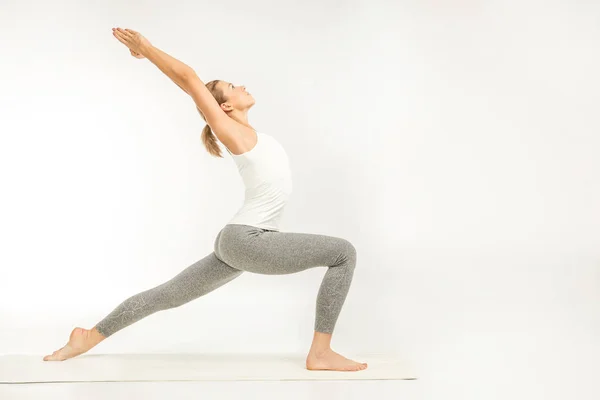
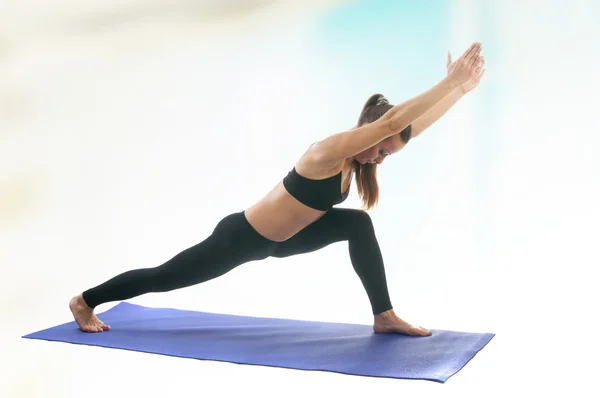
Vinyasa Yoga
Vinyasa yoga, also known as flow yoga, is a dynamic and energetic style of yoga that emphasizes continuous movement and breath control. In Vinyasa yoga, the postures are linked together in a flowing sequence, with each movement synchronized with the breath. This style of yoga is great for building strength, endurance, and flexibility, as well as improving cardiovascular health.
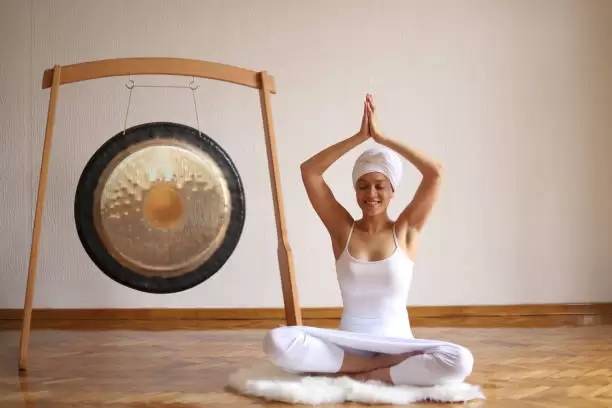
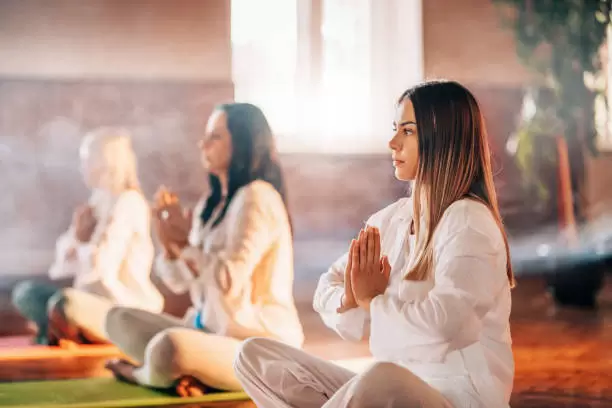
Kundalini Yoga
Kundalini yoga is a spiritual and meditative form of yoga that focuses on the awakening of the Kundalini energy, which is believed to be located at the base of the spine. Kundalini yoga combines physical postures, breathing techniques, chanting, and meditation to help balance the body, mind, and spirit. This style of yoga is great for improving mental clarity, reducing stress, and promoting overall well-being.
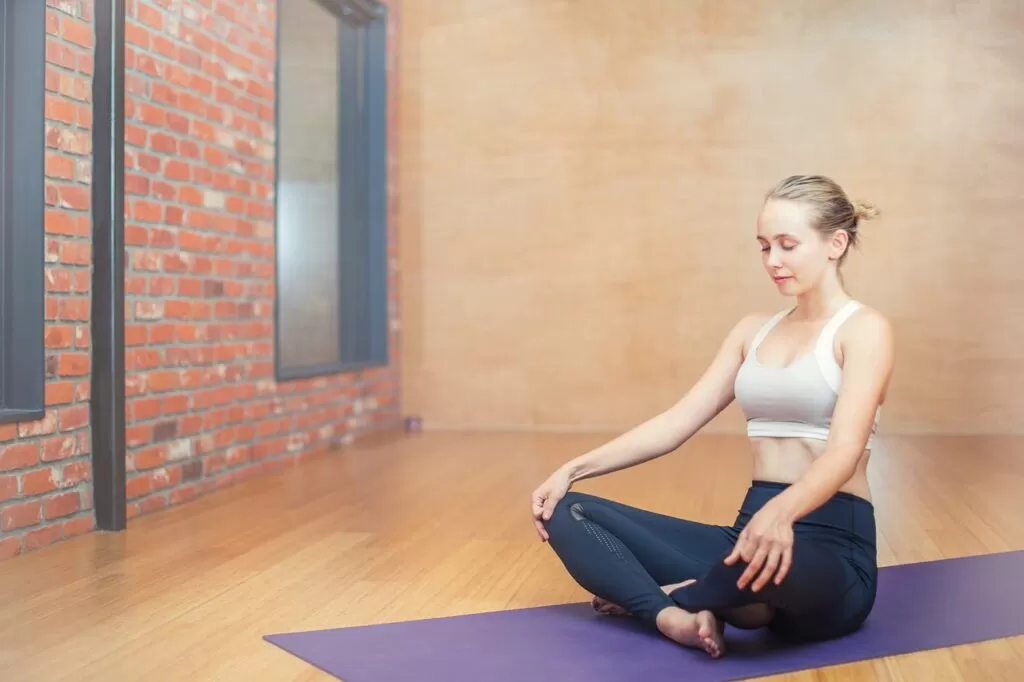
How to Start Practicing Yoga and Meditation
Yoga and meditation are ancient practices that have been around for thousands of years. They have numerous physical, mental, and spiritual benefits that can help you lead a healthier and more balanced life. If you’re new to yoga and meditation, here are a few tips to help you get started:
1. Find a Quiet and Comfortable Space
First, find a quiet and comfortable space where you can practice yoga and meditation without any distractions. It could be a spare room, a corner of your bedroom, or even your backyard. Make sure the space is clean, well-ventilated, and free from any clutter.
2. Invest in Good Equipment
Invest in good equipment, such as a yoga mat, blocks, straps, and blankets. These props will help you get into the right positions and provide support for your body. You can also invest in a meditation cushion or bench to help you sit comfortably during meditation.
3. Set Realistic Goals
Set realistic goals for your yoga and meditation practice. Start with a few minutes a day and gradually increase the duration as you become more comfortable. Don’t push yourself too hard or expect too much too soon. Remember, yoga and meditation are practices, not performances.
4. Follow a Routine
Follow a routine that works for you. You can practice yoga in the morning or evening, depending on your schedule. Meditation can be done anytime, but many people find it helpful to meditate first thing in the morning or before going to bed at night.
5. Take Classes or Use Online Resources
Take classes or use online resources to learn more about yoga and meditation. There are many great yoga studios and meditation centers that offer classes for beginners. You can also find a wealth of information online, including instructional videos, podcasts, and articles.
By following these tips, you can start practicing yoga and meditation and reap the many benefits they offer. Remember to be patient, stay consistent, and enjoy the journey.
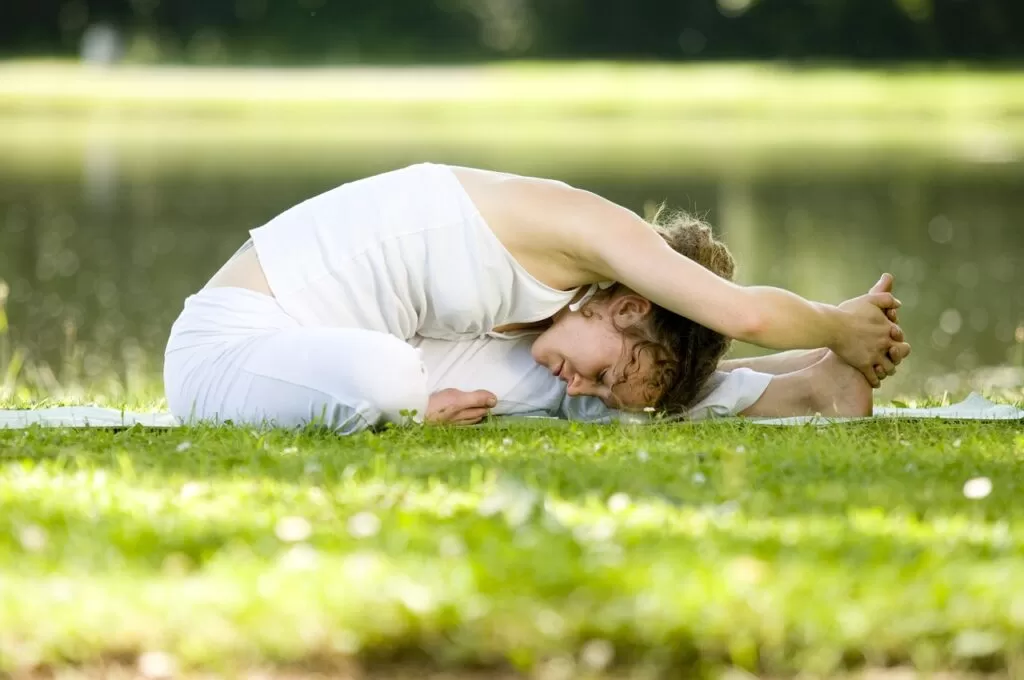
Common Misconceptions About Yoga And Meditation
Yoga and meditation are ancient practices that have gained popularity in recent years. However, there are still many misconceptions surrounding these practices that prevent people from trying them out. Here are some of the most common misconceptions about yoga and meditation:
Yoga Misconceptions
- Yoga is only for flexible people. This is one of the most common misconceptions about yoga. In reality, yoga is for everyone, regardless of their level of flexibility. Yoga poses can be modified to accommodate different body types and skill levels.
- Yoga is only about physical exercise. While yoga does involve physical movement, it is much more than just a workout. Yoga is a holistic practice that incorporates breathing exercises, meditation, and mindfulness.
- Yoga is a religion. Although yoga has its roots in Hinduism, it is not a religion. Yoga is a spiritual practice that can be practiced by people of all faiths or no faith at all.
- Yoga is expensive. While some yoga studios and classes can be expensive, there are many free or low-cost options available. Online yoga classes and community classes are often more affordable than studio classes.
Yoga and Meditation practices can benefit anyone, regardless of age, fitness level, or spiritual beliefs. By dispelling these misconceptions, more people can benefits from these practices.
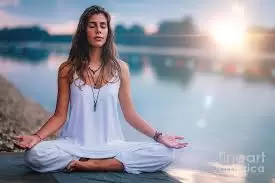
Meditation Misconceptions
- Meditation is only for spiritual people. Meditation is a practice that can benefit anyone, regardless of their spiritual or religious beliefs. Meditation can help reduce stress, improve focus, and promote overall well-being.
- Meditation requires a lot of time. Meditation can be practiced for as little as five minutes a day. Even short meditation sessions can positively impact mental and physical health.
- Meditation is all about clearing the mind. While clearing the mind is a common goal of meditation, it is not the only goal. Meditation can also involve focusing on a specific thought or feeling or simply observing one’s thoughts without judgment.
- Meditation is difficult. Meditation can be challenging initially, especially for those new to the practice. However, with practice and patience, anyone can learn to meditate.
Conclusion
Yoga and meditation can be valuable tools for improving physical and mental health and increasing overall well-being. However, it is important to approach these practices cautiously and seek guidance from a qualified instructor to ensure proper technique and avoid injury.
There are many different types of yoga, each with unique benefits and challenges. Whether you are a beginner or an experienced yogi, there is a style of yoga that is right for you. With regular practice and guidance, yoga and meditation can be powerful tools for improving health and enhancing the quality of life.
Frequently Asked Questions
1. What are the benefits of combining yoga and meditation?
Combining yoga and meditation can have a multitude of benefits for the mind and body. Yoga helps to increase flexibility, strength, and balance, while meditation helps to calm the mind and reduce stress. Together, they can improve overall physical health and mental well-being.
2. How can yoga and meditation help with anxiety?
Yoga and meditation have been shown to be effective in reducing symptoms of anxiety. The physical practice of yoga can help to release tension in the body, while meditation can calm the mind and reduce stress. Both practices can help to promote relaxation and a sense of calm.
3. What is the difference between yoga and meditation?
Yoga is a physical practice that involves movement and breath work, while meditation is a mental practice that involves focusing the mind and cultivating awareness. While they are different practices, they can complement each other well and are often practiced together.
4. What are some types of meditation that complement yoga?
There are many types of meditation that can complement yoga, such as mindfulness meditation, loving-kindness meditation, and mantra meditation. Each type of meditation has its own unique benefits and can be practiced in conjunction with yoga to enhance the overall experience.
5. Can yoga and meditation help with sleep?
Yoga and meditation can be effective in improving sleep quality. The physical practice of yoga can help to release tension in the body, while meditation can calm the mind and reduce stress. Both practices can help to promote relaxation and improve the ability to fall asleep and stay asleep.
6. How can students benefit from practicing yoga and meditation?
Students can benefit from practicing yoga and meditation in many ways. Yoga can help to improve focus and concentration, while meditation can reduce stress and anxiety. Both practices can promote a sense of calm and overall well-being, which can be especially beneficial for students who may be experiencing high levels of stress or anxiety.
About The Author
Zackery Dixon
administrator
Zackery N. Dixon, a seasoned web designer, entrepreneur, blogger, and proud U.S. Marine, has carved a remarkable path in the digital landscape. At 69, Zackery’s extensive experience and dedication have culminated in a fulfilling retirement, underscoring his notable achievements in the industry.
With a career spanning several decades, Zackery’s expertise in web design is reflected in the successful management of four diverse and dynamic websites. Each platform—First Digital Electronics, Law of Attraction Lab, Diet Exercise Pros, and Yoga Meditation Hub—demonstrates his commitment to delivering valuable content and innovative design.

